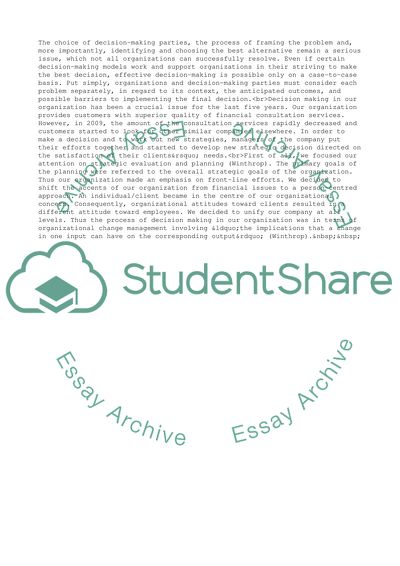Cite this document
(Power, Authority, and Decision-Making Research Paper, n.d.)
Power, Authority, and Decision-Making Research Paper. Retrieved from https://studentshare.org/management/1744220-power-authority-and-decision-making
Power, Authority, and Decision-Making Research Paper. Retrieved from https://studentshare.org/management/1744220-power-authority-and-decision-making
(Power, Authority, and Decision-Making Research Paper)
Power, Authority, and Decision-Making Research Paper. https://studentshare.org/management/1744220-power-authority-and-decision-making.
Power, Authority, and Decision-Making Research Paper. https://studentshare.org/management/1744220-power-authority-and-decision-making.
“Power, Authority, and Decision-Making Research Paper”, n.d. https://studentshare.org/management/1744220-power-authority-and-decision-making.


